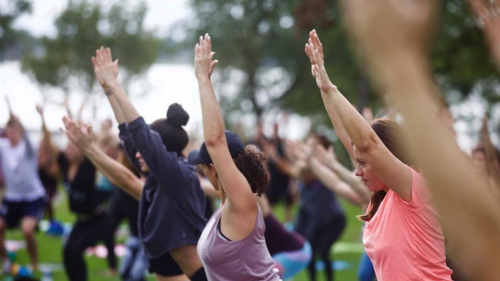If the words balustrade, modillion, or porte-cochere mean anything to you, you may be part of the ~6% of Lakelanders who live in historic homes. These houses hold a key to our city’s past through architecture + character — and yours could be the next one designated historic.
Lakeland has seven historic districts: Munn Park, Dixieland, South Lake Morton, East Lake Morton, Beacon Hill, Lake Hunter Terrace, and Biltmore/Cumberland.
Homes in historic districts can be considered “contributing structures” if they are at least 50 years old and have a distinct and authentic architectural style based on the time of construction. Each district is home to historic architecture styles like the Bungalow and Mediterranean Revival.
The City of Lakeland resurveyed the South and East Lake Morton historic districts in 2023. Through these surveys, structures built in 1975 or earlier can now be registered as historic properties, whereas only homes built before 1940 and 1942 were eligible in two previous surveys. Dixieland and Munn Park are up next, with five-month resurveys set to begin in February. See if your home made the cut.
Living in a historic home can have benefits like higher property values, environmental sustainability, and walkability. It also comes with a fair share of design guidelines — enforced by the Historic Preservation Board — which assesses current structures and exterior modifications according to the Design Guidelines for Historic Properties.

This Biltmore Cumberland historic home features a porte-cochere (aka a covered driveway).
Photo via Florida Memory
If you own a historic home and want to alter its exterior, your plans must be approved by the Board. That includes changes to:
- Roofs and chimneys
- Porches and front doors
- Windows, shutters, and awnings
- Siding and paint colors
- House numbers and historical markers
Want to get a closer look at what these historic properties bring to Lakeland? Check out this interactive map of the seven historic districts.












